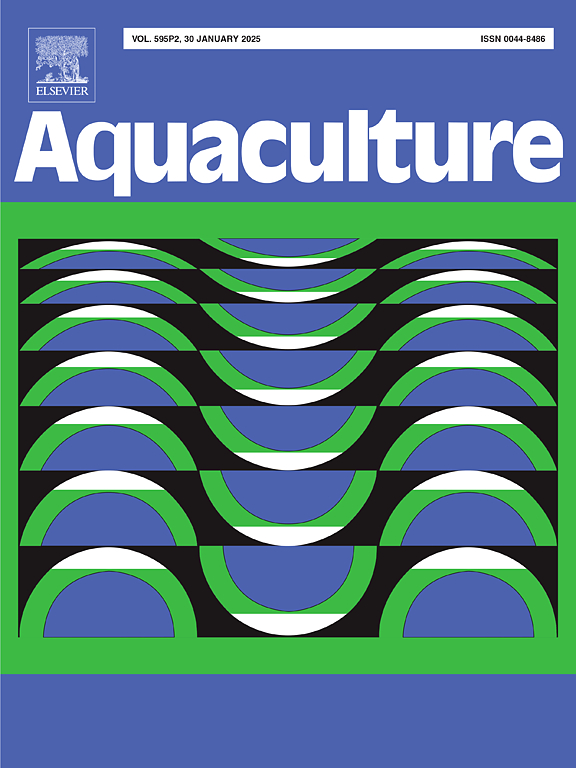Microbial and histopathological insights into gill health of Atlantic salmon (Salmo salar) across Scottish aquaculture sites
IF 3.9
1区 农林科学
Q1 FISHERIES
引用次数: 0
Abstract
The increasing prevalence of gill diseases in sea-farmed Atlantic salmon (Salmo salar) poses significant challenges to the aquaculture industry, affecting both fish welfare and economic productivity. This study investigates the association between gill microbiota and histopathological health in Atlantic salmon across three Scottish marine production sites. Gill mucus samples were collected and analysed using 16S rRNA sequencing to profile microbial communities, in parallel with histopathological examinations of gill tissue. The findings reveal rich and diverse microbial communities in gills with low histopathology, with a notable decrease in microbial diversity associated with increased prevalence of histopathological markers. Genera including Candidatus Branchiomonas and Candidatus Rubidus were more prevalent in gills with higher pathology scores, implicating these genera as potential microbial indicators of gill disease. These results suggest that specific microbial profiles could serve as potential measurable biological indicators or biomarkers for early detection and management of gill diseases in aquaculture. This study enhances our understanding of gill microbiome dynamics and their implications for fish health management in marine aquaculture environments.

求助全文
约1分钟内获得全文
求助全文
来源期刊

Aquaculture
农林科学-海洋与淡水生物学
CiteScore
8.60
自引率
17.80%
发文量
1246
审稿时长
56 days
期刊介绍:
Aquaculture is an international journal for the exploration, improvement and management of all freshwater and marine food resources. It publishes novel and innovative research of world-wide interest on farming of aquatic organisms, which includes finfish, mollusks, crustaceans and aquatic plants for human consumption. Research on ornamentals is not a focus of the Journal. Aquaculture only publishes papers with a clear relevance to improving aquaculture practices or a potential application.
 求助内容:
求助内容: 应助结果提醒方式:
应助结果提醒方式:


